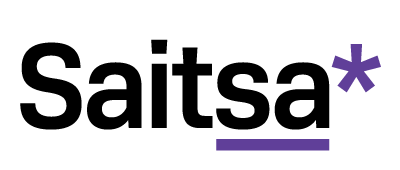
In a January 2023 poll conducted by The Harris Poll on behalf of NerdWallet, nearly two-thirds of Canadians (67%) listed owning a home as a priority. For those with the financial goal of buying their first home, the Canadian government introduced the Tax-free first home savings account (FHSA) on April 1, 2023, to help Canadians over 18 save and invest towards home ownership.
The FHSA is a registered plan that allows you to save and invest up to $40,000 tax-free toward your first home purchase. Learn what you should consider before opening an FHSA account.
1) The FHSA offers the best perks of the RRSP and TFSA
The FHSA takes the best benefits of a Registered retirement savings plan (RRSP) and a Tax-free savings account (TFSA). Your contributions to your FHSA within a particular calendar year will also reduce your taxable income when you file your tax return. Unlike RRSPs, where your withdrawals are taxed as income, withdrawals from your FHSA to purchase your first home are tax-free, including all the investment income you may have generated in the account, like a TFSA. This allows you to maximize your savings towards your first home purchase while
minimizing income tax.
2) The FHSA has annual contribution limits and qualifying withdrawals
For those wanting to use this newly registered account, the Government of Canada imposed limitations on how much you can save and invest in your FHSA before incurring penalties. Starting in 2023, Canadians can contribute up to $8000 in their FHSA yearly, with any unused contribution amounts carried forward to a max of $8000. Over-contributing to your FHSA will incur a 1% tax on the over-contributed amount each month unless brought below contribution limits.
To make a qualified tax-free withdrawal or series of withdrawals, you must be a first-time home buyer when you make the withdrawal(s). To qualify as a first-time home buyer, you must not have lived in a home you owned at any time during the part of the calendar year before the withdrawal is made or at any time in the preceding four calendar years. Any non-home related purchases may result in withdrawals being treated as taxable income.
3) You can combine your FHSA savings with the Home buyer’s plan
Before the FHSA was introduced, Canadians could use the Home buyers plan (HBP) to pay for a down payment. The HBP allows you to take up to $35,000 from your RRSP without taxation for your first home purchase. Any amount withdrawn through an HBP must be paid back to the RRSP within fifteen years or you lose the contribution amount from your RRSP and it is treated as taxable income. Combining the use of both accounts, potentially gives you access up to $75,000 in savings and investments towards your home purchase.
Saving and investing toward your first home purchase can be challenging, but leveraging the unique benefits offered by the newly introduced FHSA can help you reach your goal quicker and more efficiently than any other registered plan or account currently available.
Author: James MacTavish
Senior Advisor, Investor & Industry Education
Alberta Securities Commission
